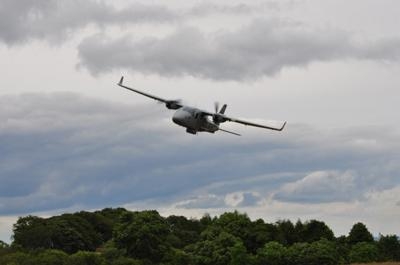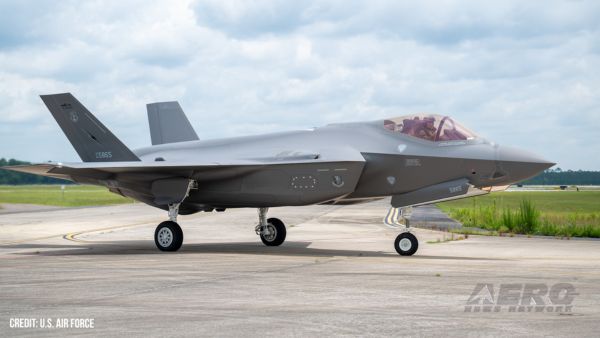Thu, Jan 10, 2013
System Is Ready For Entry Into Service To Perform Surveillance Missions In Patrol Areas Up To 150 Miles From Shore
Development of an advanced maritime reconnaissance intelligence (MRI) system based on the Tecnam P2006T light twin aircraft has been completed by Indra. The company said in a news release that the system will provide security, air-sea rescue and marine environmental control forces with the highest detection capacities at the lowest acquisition and operating costs in the market.

The P2006T MRI successfully passed a series of test flights off the Mediterranean coast and in the North Sea (Scotland) that started in March 2012. The system's performance was found to be excellent even in adverse meteorological conditions. In these exercises Indra tested the combined operational capacities of the FLIR Systems large-format, latest-generation, high-definition electro-optical camera, the SELEX Galileo Seaspray 5000E radar and the AIS vessel identification system. All the information compiled by these sensors is displayed by means the Indra ISIS mission system installed on board the aircraft.
The results showed that the reconnaissance and intelligence systems of the aircraft are capable of effectively covering an area of 3,000 to 5,000 square miles. Indra adapted the system to precisely correlate the information captured by the vessel identification system (AIS) with the data facilitated by the radar. The system was able to detect small targets and extract radar images (ISAR) from them, enabling the type of vessel to be determined.
The aircraft operated with a link to a control center on the ground, which may be a dedicated radio link or via satellite. The tests checked its performance, enabling real-time monitoring of the mission and even the operation of the onboard systems and sensors from the ground support station. Once the tests were completed, the P2006T MRI was ready to enter into service and fly maritime surveillance missions from the coastline to 150 miles out to sea. The aircraft can remain in a patrol zone for 3.5 to 4.5 hours.
The system is designed to replace the medium-sized helicopters and light aerial platforms used by some coast guards. These types of aircraft do not usually have sensors and only the most advanced ones have electro-optical systems. For this reason, the capacities provided by Indra's P2006T MRI system are vastly superior. The Indra aircraft also uses conventional fuel to fly, significantly reducing its operating costs, and it can take off from and land on short, non-asphalt runways.
The next phase of the project is to convert the aircraft into an Optionally Piloted Vehicle (OPV), which, when legislation permits the use of Unmanned Aerial Vehicles (UAVs) in controlled airspace, will enable it to fly without a pilot.
(Image provided by Indra)
More News
“We have seen astounding demand for the G800, and the entire Gulfstream team is excited to begin making deliveries to our customers. The G800 is entering service with extraor>[...]
Aero Linx: Recreational Aviation Australia (RAAus) Recreational Aviation Australia is progressively working towards improving safety outcomes through a holistic approach to safety >[...]
Classic Klyde Morris From 11.07.16 (and Remembering Bob...) FMI: www.klydemorris.com>[...]
Also: GADFLY AI-Driven Engine Analysis, Knockoff Iranian Drones, Russian Surveillance, 40 NASA Missions Chopped This year’s Zenith Homecoming event will soon be taking off at>[...]
Also: H55 Completes American Tour, Robinson Trade-Ins, Retired AV-8B Harrier, NS-35 Mission Organizers of the iconic annual Air Race Classic will soon be opening registration for t>[...]
 Aero-News: Quote of the Day (08.28.25)
Aero-News: Quote of the Day (08.28.25) ANN's Daily Aero-Linx (08.28.25)
ANN's Daily Aero-Linx (08.28.25) Classic Klyde Morris (08.25.25)
Classic Klyde Morris (08.25.25) Airborne 08.25.25: Zenith Homecoming, VP Racing, Affordable Flying Expo 2025
Airborne 08.25.25: Zenith Homecoming, VP Racing, Affordable Flying Expo 2025 Airborne 08.22.25: ARC Spinoff, Nat'l Championship Air Races, Hawkins Accident
Airborne 08.22.25: ARC Spinoff, Nat'l Championship Air Races, Hawkins Accident



